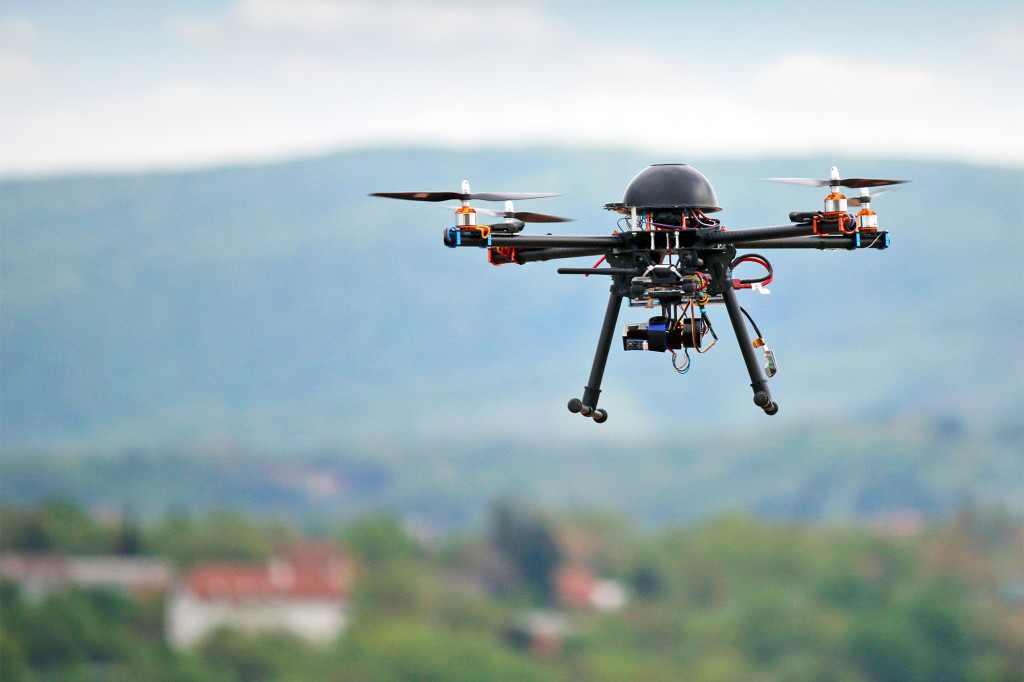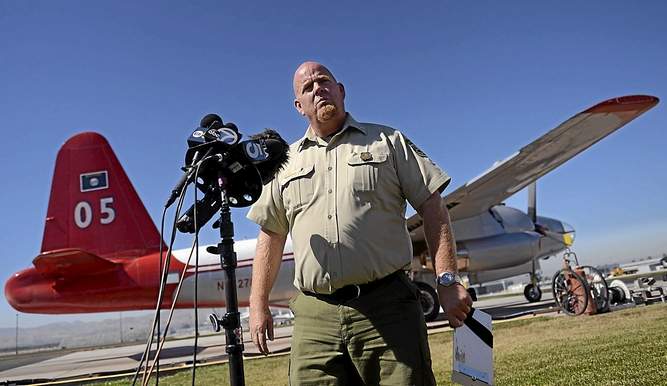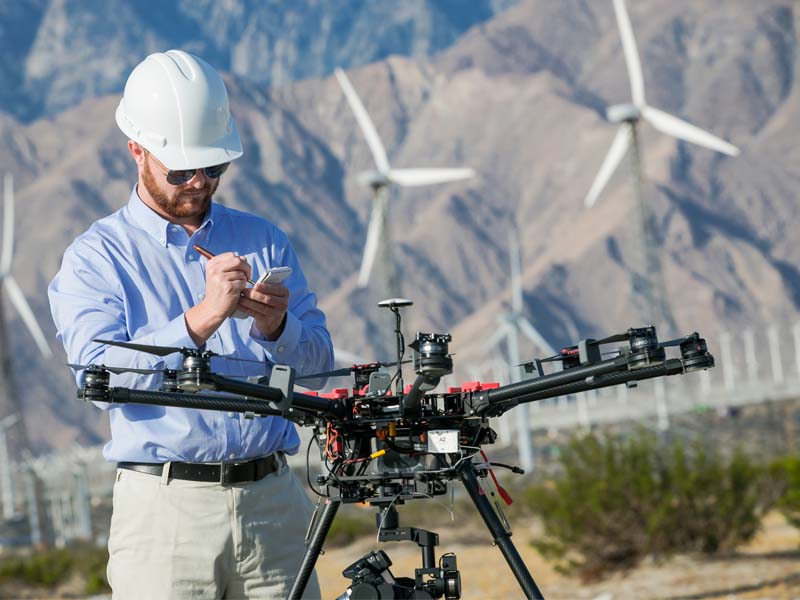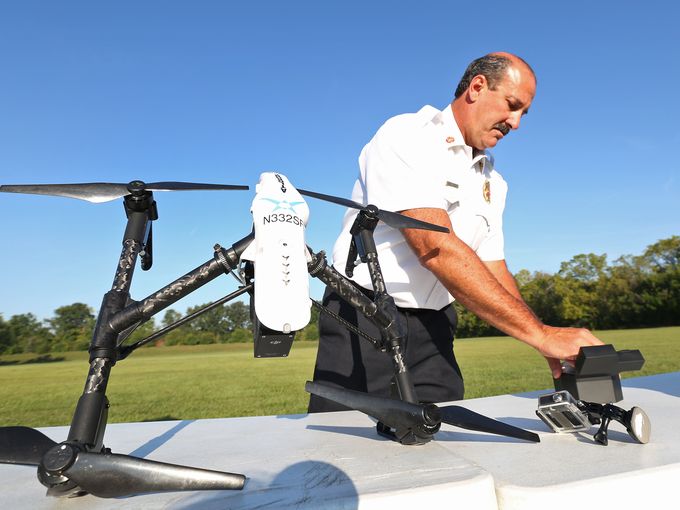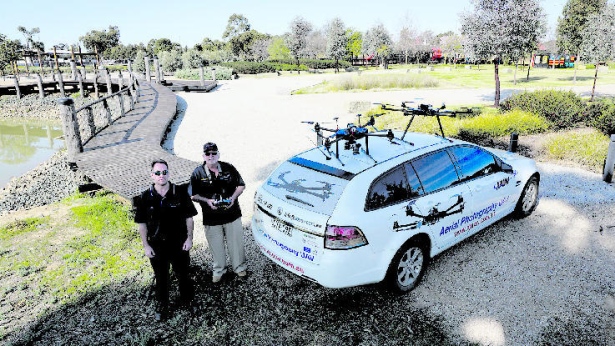
@RIV—RWoodger
Barry Brown of Aerial Photography UAV – which is the only holder of an Unmanned Aircraft Vehicle certificate in the Echuca-Moama region – said there could be costly ramifications for those using an operator without proper accreditation.
‘‘The thing we’re trying to get people to realise is there are illegal operators out there,’’ he said.
‘‘Every one of them is breaking federal law whenever they fly within three nautical miles of a licensed aerodrome or a helipad – and this takes in all of Echuca and Moama.
‘‘They haven’t got insurance. They haven’t got qualifications. And if they fly and give you a photo and you use it for profit or gain, you are up for fines and so is he or she.’’
Under Australian civil aviation laws, individuals can face fines of up to $850 for a first-time offence.
Mr Brown said his business’ operations were overseen by the Civil Aviation Safety Authority, which required it to document each flight it made and any maintenance work it completed.
‘‘It is a lot of work and requires a high level of professionalism – that’s the difference,’’ he said.
‘‘As a commercial operator we have exemptions to allow us to fly within the three nautical mile limitations, but strict regulations apply.
‘‘The safety aspect is what I’m passionate about. You’ve got to shut down these back doors because they are going to hurt someone.’’
Mr Brown said his organisation only flew drones with six or eight motors to maximise public safety.
‘‘If a motor failure did occur the drone can be safely flown and landed, unlike the small drones with only four motors which will roll over and dive to the ground uncontrollably,’’ he said.
‘‘It could cause injury to persons or damage to property.’’
Mr Brown said it was still legal to fly a drone as long as it was in a non-restricted area and not above 400ft — and if images taken were not used for profit or gain.
http://www.mmg.com.au/local-news/echuca/the-photo-fly-trap-1.99634
